This article was co-authored by Timothy Sherman, RN. Timothy Sherman is a Registered Nurse (RN) based in Austin, Texas and affiliated with St. David's HealthCare. With over seven years of nursing experience, Timothy specializes in working with adults in a general medical/surgical setting, chemotherapy, and with biotherapy administration. He has also instructed Essentials of Medical Terminology and Anatomy and Physiology for Medical Assistants at Austin Community College. He received his BS in Nursing from Wichita State University in 2012.
This article has been viewed 53,770 times.
Your body loses fluids when you sweat from the heat or from physical activity, and it is important to replace those fluids. By making your own fluid replacement drinks, you can avoid spending lots of money on pre-made drinks and you will get the same benefits. You can even customize a fluid replacement drink for your needs. There are three main types of fluid replacement drink: isotonic, hypertonic, and hypotonic. An isotonic drink is best for normal rehydration, while a hypertonic drink is good for refueling after an intense workout or for gaining weight, and hypotonic drinks are good for those who are trying to lose weight or maintain a low weight.
Steps
Making an Isotonic Fluid Replacement Drink
-
1Choose an isotonic drink for normal rehydration. Isotonic drinks will replenish lost fluids while also giving your body a some extra carbohydrates to help provide energy.[1] The concentration of carbohydrates and electrolytes in these drinks nearly mimics the concentration present in blood allowing for efficient absorption of fluid. Choose an isotonic fluid replacement drink for normal workouts and moderate sweating. To be considered isotonic, a drink contain roughly the same salt and sugar content as the human body does.[2]
- For example, you might drink an isotonic drink during and after soccer practice. Or, you might drink an isotonic drink after running a 5K.
-
2Gather your ingredients. Isotonic fluid replacement drinks help to rehydrate you faster because they contain about the same amount of sugar and salt as your blood. To make an isotonic fluid replacement drink, you will need:[3]
- 3 cups or (about 800 mL) of water
- 1 cup of fruit juice (any kind) OR 1 cup of tea and 2 tablespoons of sugar
- a pinch of salt
Advertisement -
3Pour three cups (about 800 mL) of water into a pitcher. Get a large pitcher and pour in your water. You will need about three cups or 720 mL of drinking water to make an isotonic solution.[4] Make sure that the water is at room temperature or slightly warm so that the salt will dissolve easily.
-
4Add one cup (about 200 ml) of fruit juice or tea. Next, add your tea to the pitcher. You will need to add about one cup or 240 mL or fruit juice or tea to the water.[5] The fruit juice will add flavor and sweetness, while the tea will just add flavor.
- If you are using tea, then you will also need to add about two tablespoons of sugar to the tea to get the right sugar content.[6] Add the sugar while it is still warm and stir the sugar into the tea until it dissolves. Then add the tea to the water.
-
5Sprinkle in a pinch of salt. You only need a pinch of salt to get the right sodium level for your isotonic fluid replacement drink. Pinch a little salt between your index finger and thumb and drop it into the pitcher.[7]
-
6Stir the mixture well. After you have added all of your ingredients, stir or swirl the ingredients together so that they are well-combined. Then, it will be ready to drink! Pour some into a water bottle and take it along for your next workout or enjoy a glass right away.
Making a Hypertonic Fluid Replacement Drink
-
1Choose a hypertonic drink if you need extra carbohydrates. Hypertonic fluid replacement drinks contain more sugar, so they are ideal for replenishing fluids and calories following a heavy workout. A hypertonic drink is one that has more salt than normal cells, so it will draw water out of those cells with osmosis. These drinks can also be helpful for restoring energy during and after a long-distance run, such as a marathon. [8] However due to the higher concentration of sugar the water in these drinks is not as easily absorbed and are best used in combination with an isotonic drink to rehydrate and refuel after a workout.
- Hypertonic drinks can also be useful as part of a weight gain regimen, but make sure that you also add more calories from food. They are especially useful for gaining weight because they supply more calories and carbohydrates.
-
2Gather your ingredients. Making a hypertonic fluid replacement drink is easy. To make a hypertonic fluid replacement drink, you will need:
- 4 cups or (one Liter) of water
- 2 cups of fruit juice (any kind) OR 2 cups of tea and 5 tablespoons of sugar
- a pinch of salt
-
3Add four cups (about one Liter) of drinkable water into a pitcher.[9] Start by pouring the drinking water into the pitcher. You will need about four cups (about one liter) of water to make the drink. It is best to use room temperature or slightly warm water so that you can easily dissolve the salt.
-
4Pour in two cups (about 500 mL) of fruit juice or tea. Next, you can add your fruit juice. This fluid replacement drink contains more juice because it needs to have a higher glucose level.[10] If you are using tea instead, then you will need to add extra sugar to ensure that the drink contains enough glucose.
- If you are using tea, then add about five tablespoons of sugar to the tea while it is still warm. Mix the sugar with the tea until it completely dissolves.
-
5Stir in a pinch of salt. To complete your drink, just add in a pinch of salt. Get a pinch of salt between your thumb and index finger, add it to the pitcher, and then stir the ingredients together. Your fluid replacement drink is ready to drink!
Making a Hypotonic Fluid Replacement Drink
-
1Choose a hypotonic drink for trying to keep your weight down. A hypotonic fluid replacement drink contains fewer calories and is best for athletes who are trying to maintain a certain weight or for those who are trying to lose weight.[11] Hypotonic drinks have less salt than normal cells do, so water goes into the cell more easily than if you drank a hypertonic drink. They are good for losing or maintaining weight because they contain fewer calories and carbohydrates as well as less sugar.[12]
- For example, if you are a gymnast or a boxer trying to stay within a low weight class, then a hypotonic drink might be ideal.
-
2Gather your ingredients. Hypotonic fluid replacement drinks contain less glucose than other types. To make a hypotonic fluid replacement drink, you will need:[13]
- 4 cups or (one Liter) of water
- ½ of a cup (about 100 mL) of fruit juice (any kind)
- a pinch of salt
-
3Measure out four cups (about one liter) of water. You will need about four cups or one liter of room temperature or slightly warm water. Make sure that the water is suitable for drinking. Measure out the water and add the water to a pitcher.
-
4Measure out ½ of a cup (about 100 mL) of fruit juice. Next, add the juice to the pitcher. You will need about ½ of a cup or 100 mL of fruit juice. Pour the juice into the pitcher with the water.
-
5Sprinkle in a pinch of salt. To complete your fluid replacement drink, take a pinch of salt and add it to the pitcher. Then stir the ingredients together until they are well combined.
-
6Chill and serve the drink. Place the pitcher in the refrigerator for a few hours or until it is cool. When the drink is cool, it is ready to use. Pour some of the hypotonic drink into a water bottle or glass and enjoy!
Warnings
- Persons with diabetes or any type of metabolic disorder should consult their physician before consuming sugary drinks. Artificial sweeteners will not provide the same benefits as glucose; which is the favored source of energy for body cells.⧼thumbs_response⧽
References
- ↑ http://news.bbc.co.uk/sport2/hi/health_and_fitness/4289704.stm
- ↑ http://www.diabetes.co.uk/sports-drinks.html
- ↑ http://news.bbc.co.uk/sport2/hi/health_and_fitness/4289704.stm
- ↑ http://news.bbc.co.uk/sport2/hi/health_and_fitness/4289704.stm
- ↑ http://news.bbc.co.uk/sport2/hi/health_and_fitness/4289704.stm
- ↑ http://www.sport-passion.fr/en/training/isotonic-drink.php
- ↑ http://news.bbc.co.uk/sport2/hi/health_and_fitness/4289704.stm
- ↑ http://news.bbc.co.uk/sport2/hi/health_and_fitness/4289704.stm
- ↑ http://news.bbc.co.uk/sport2/hi/health_and_fitness/4289704.stm
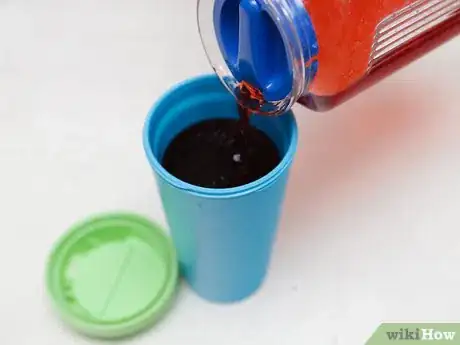
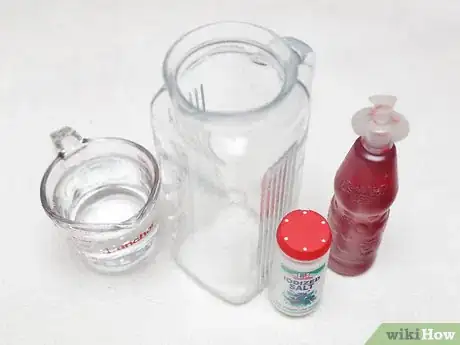
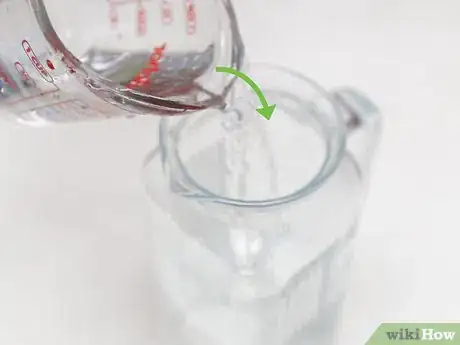
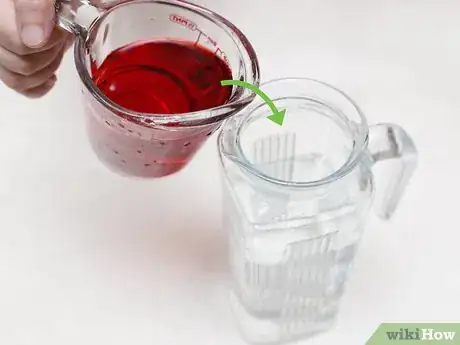
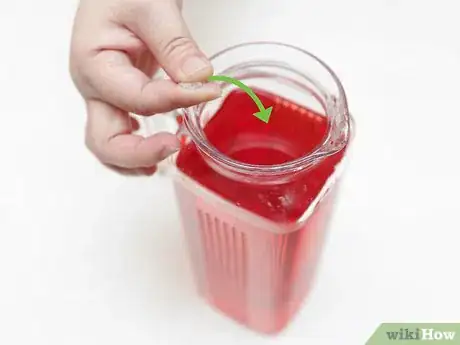
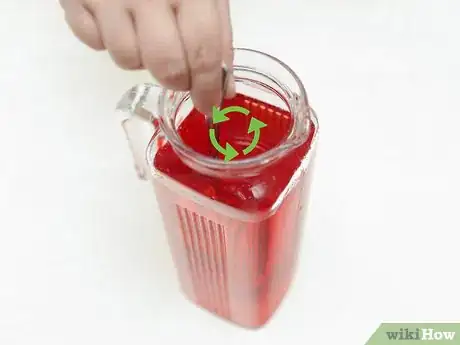
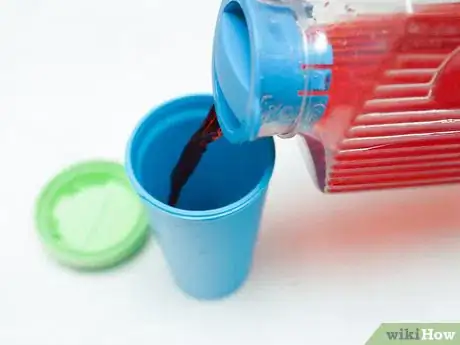
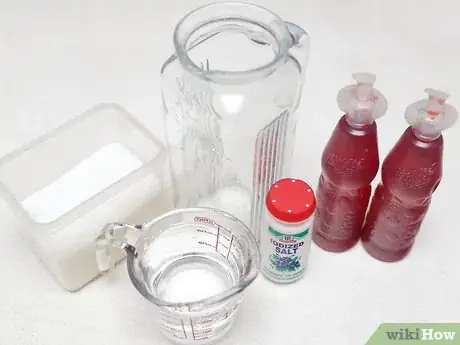
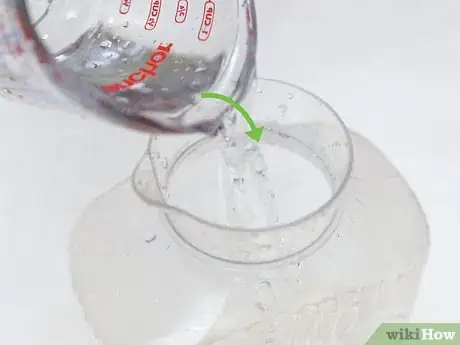
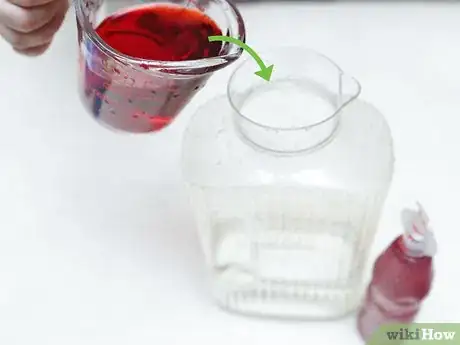
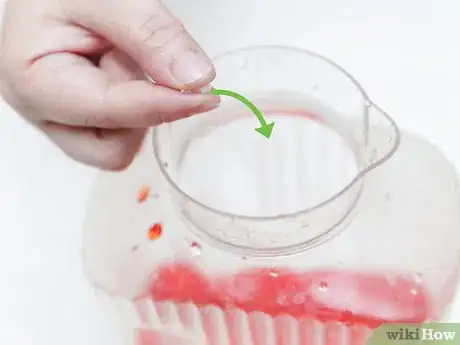
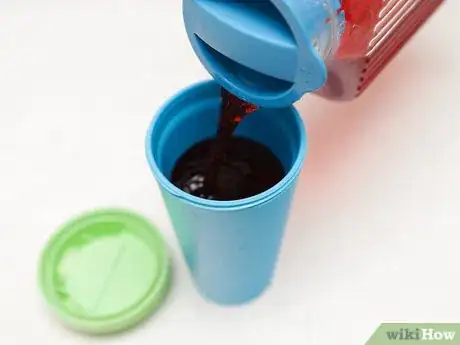
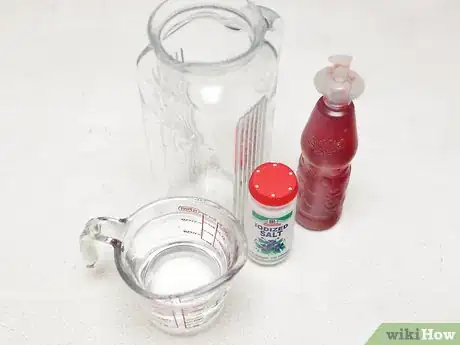
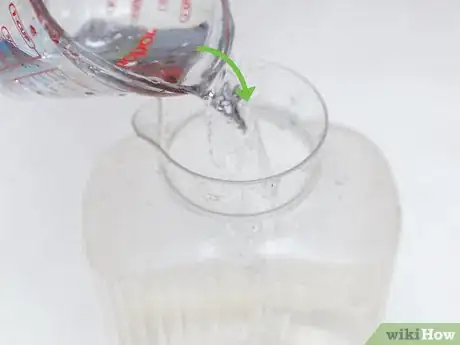
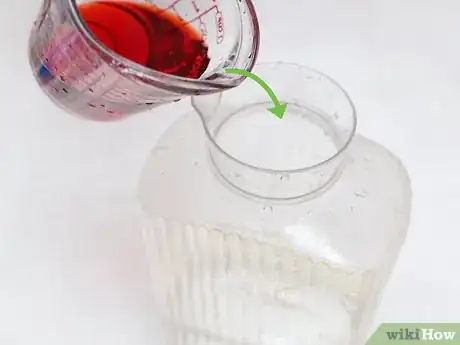
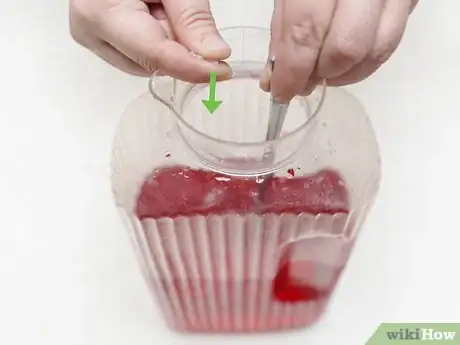
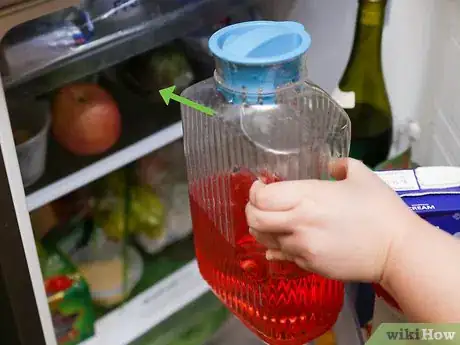

-Step-9-Version-5.webp)


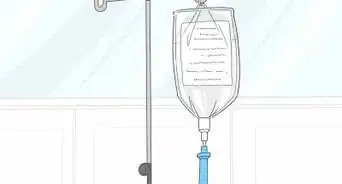

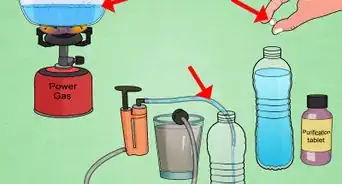








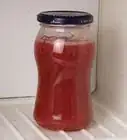

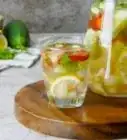
-Step-9-Version-5.webp)



































